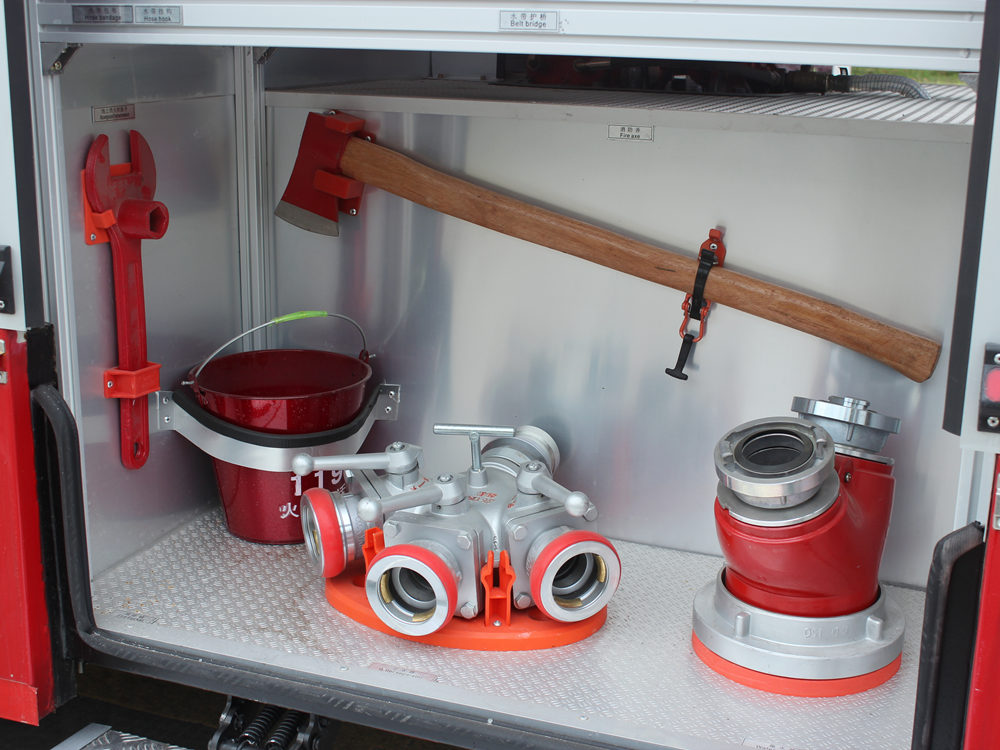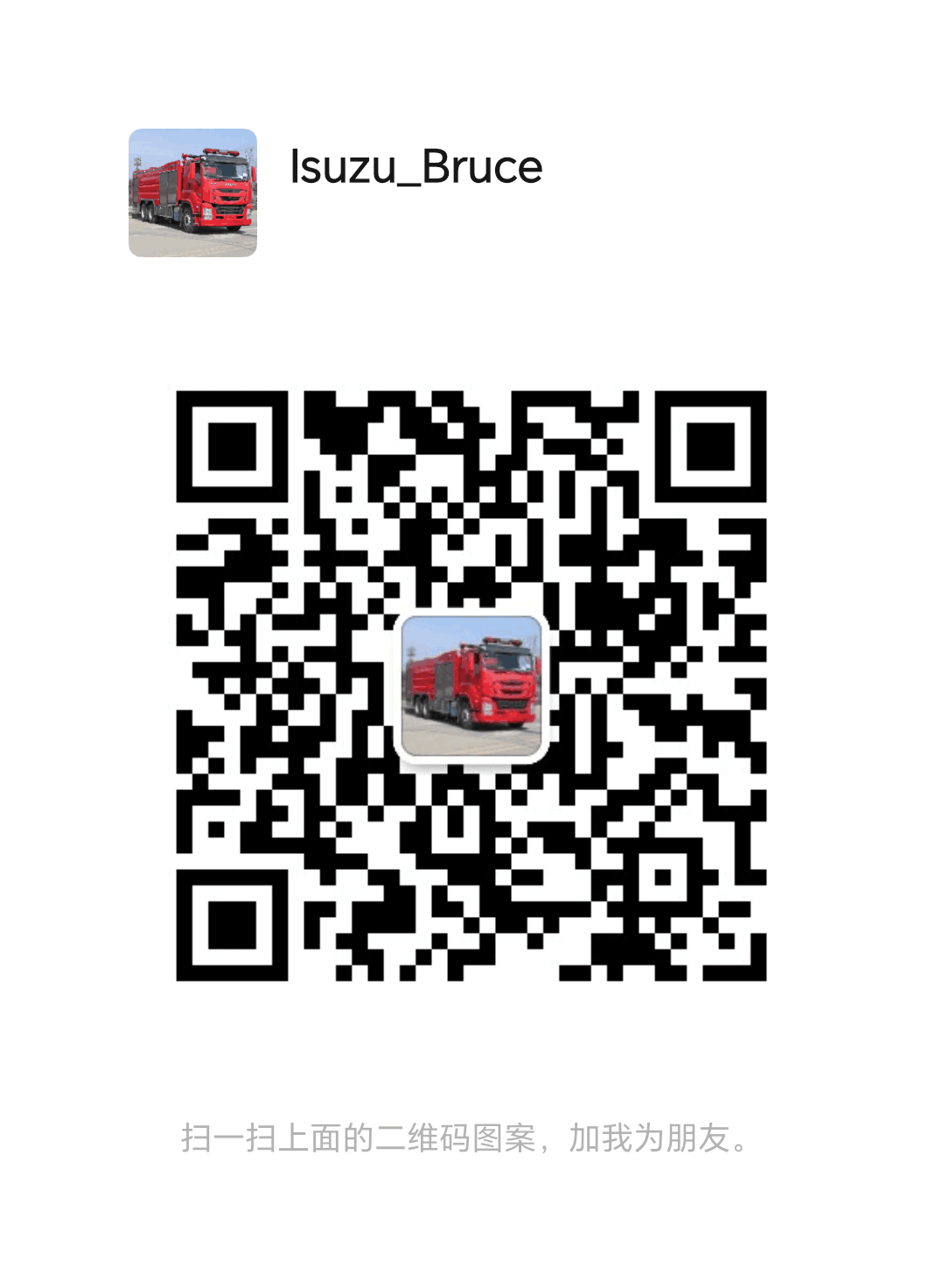


Isuzu fire truck is a special vehicle designed for fire extinguishing and rescue. It is mainly used for tasks such as handling fires, rescuing personnel and transporting materials. Isuzu fire trucks are usually equipped with large-capacity water tanks, foam agent tanks, pumping stations and water spray equipment, which can spray water and foam agents to the fire scene for fire extinguishing. Isuzu fire truck can also carry firefighters and rescue equipment, including detectors, lifeline ropes, fire extinguishers, etc. This article will introduce what you need to pay attention to when using Isuzu fire truck.
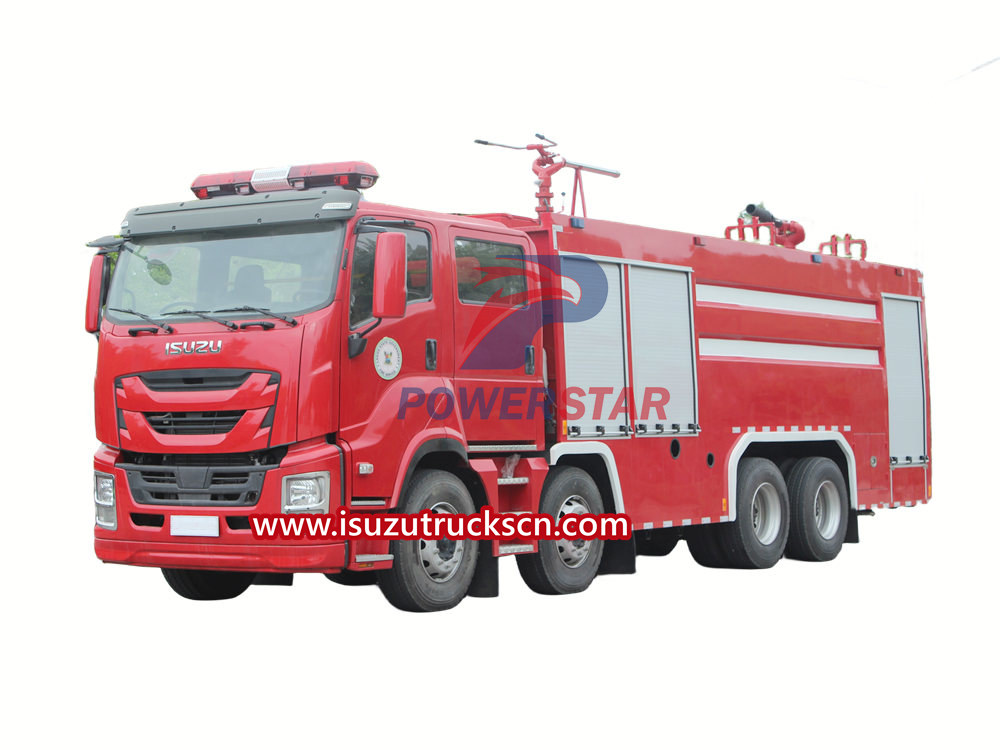
1. When the Isuzu fire truck enters the fire scene and is involved in fire extinguishing and rescue, there are several issues that should be paid attention to during operation.
1) .After the Isuzu fire engine enters the fire scene, it should stop the vehicle in the position designated by the fire scene commander. The parking posture of the vehicle can meet the needs of fire attack and retreat, and it must ensure that it can evacuate from dangerous positions flexibly and freely at any time. The vehicle engine must be kept running and must not be turned off blindly to waste the opportunity. When the Isuzu fire engine starts to supply water, the water pressure should be gradually increased to avoid casualties of combatants or explosion of water hoses due to the reaction force of the water cannon, which would affect the smooth progress of fire-fighting and rescue work.
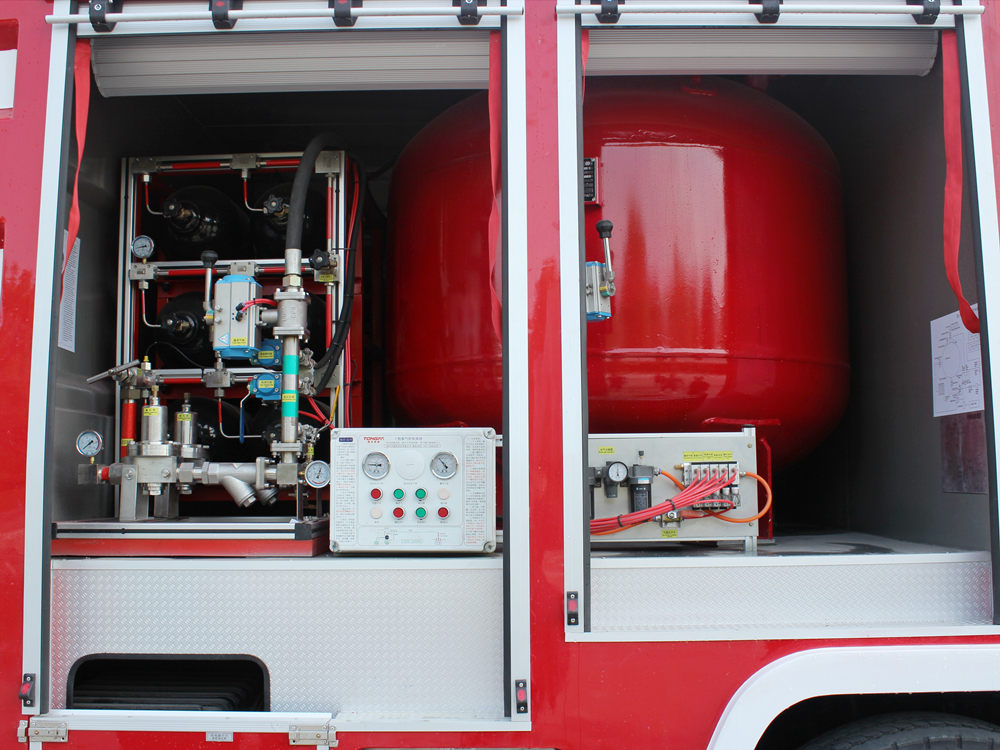
2) .When connecting the Isuzu fire engine to the water source, attention should be paid to whether the water supply pressure of the fire hydrant can meet the needs of the fire truck. When drawing natural water sources, attention should be paid to the water depth and silt conditions of rivers and ponds to prevent water supply to the fire scene from being interrupted due to shallow water depth and the inlet of the water inlet pipe being affected by silt.
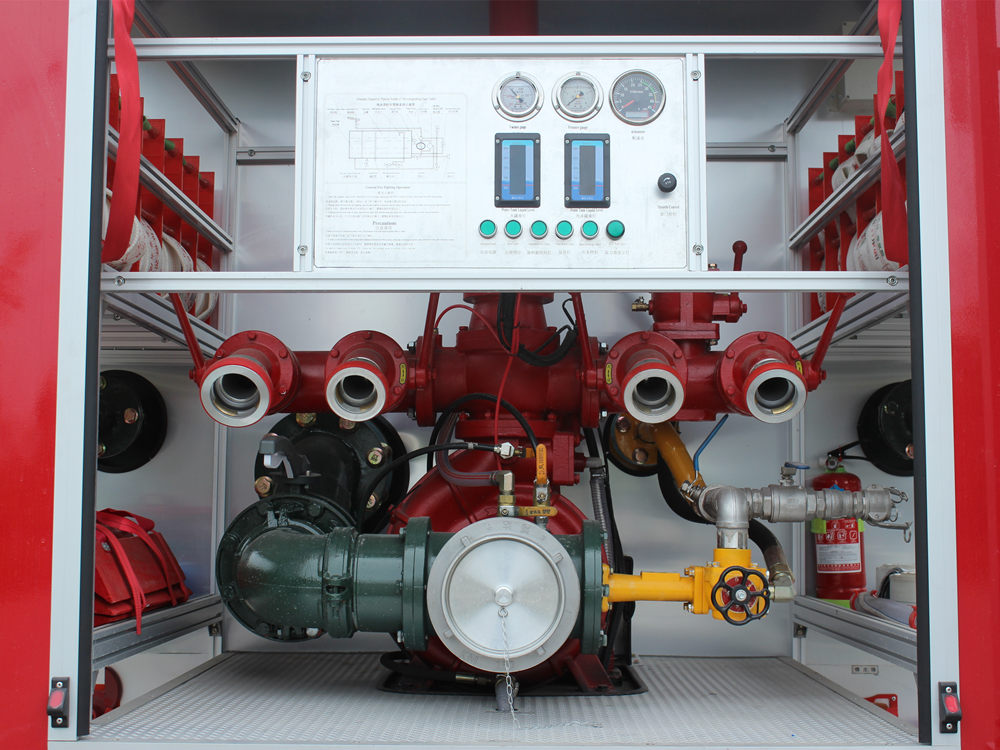
3) .When the water source is far away from the fire scene and exceeds the direct water supply capacity of the Isuzu fire engine, the fire truck relay water supply method should be used to provide water to the fire scene. The driver of the water supply truck should pay attention to the overflow situation of the overflow pipe of the water receiving truck and maintain an appropriate water supply. When the vehicle behind cannot observe the overflow situation of the vehicle in front, the driver of the vehicle in front can open the manhole on the upper part of the water tank of the vehicle to prevent the tank from swelling due to excessive water supply. During the water supply process, water-receiving trucks should choose hard roads to park. When hard roads cannot be parked, necessary measures should be taken to prevent the vehicles from getting stuck in the quagmire due to overflow.

2. When the Isuzu fire truck rushes to the fire scene and arrives at the fire scene, it must occupy a favorable position for fire extinguishing and quickly engage in fire-fighting operations.
1) .When the Isuzu fire truck is driving to the fire scene, it must ensure safe and fast driving. Isuzu fire truck should choose the fire truck aisle closest to the fire scene. When multiple vehicles are dispatched, each workshop must maintain a sufficient safe distance (50 meters to 80 meters is appropriate). After arriving at the fire scene, it is important to avoid multiple vehicles entering the same combat area at the same time, which will prevent the fire scene commander from mobilizing vehicles to put out the fire in time, thereby delaying the opportunity.
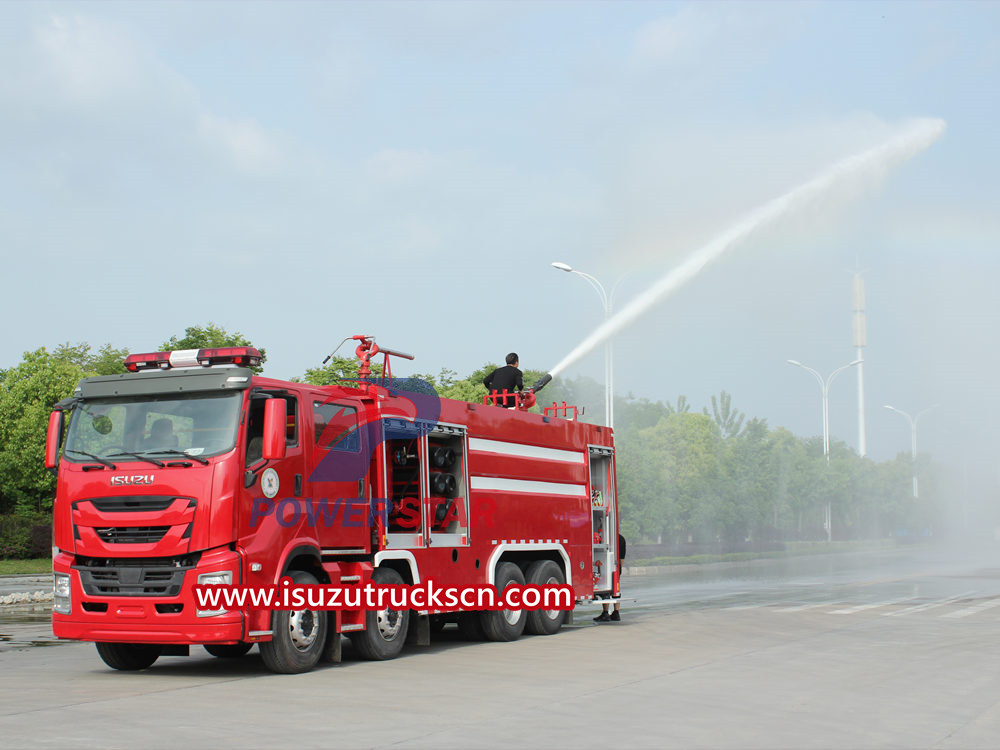
2) .Isuzu fire truck drivers must resolutely obey the command of the fire scene commander on the fire scene, and execute the commander's orders tactfully and flexibly to ensure the smooth implementation of the entire fire-fighting battle. When the fire situation changes irreversibly and directly threatens the safety of the fire truck, the vehicle can be moved to a safer place to continue fighting, and the parking location of the vehicle can be reported in a timely manner.
3. Prevent the occurrence of water hammer.
When pressurized water flows in pipes and fire hoses, due to the rapid closing of fire valves, fire hydrants, water guns, etc. and the weight of vehicles and other heavy objects crossing the pressure hoses, the water flow in the pipes and fire hoses instantly stops flowing, causing The water pressure in pipes and fire hoses rises instantaneously, and the increased water pressure acts like a hammer on pipes and fire hoses. This phenomenon is called water hammer. The increased pressure caused by water hammer in pipelines and fire hoses can reach several or even hundreds of atmospheres, causing damage to firefighting equipment and equipment such as pipelines and fire hoses, and directly affecting fire rescue work. Therefore, water hammer must be prevented during fire rescue.
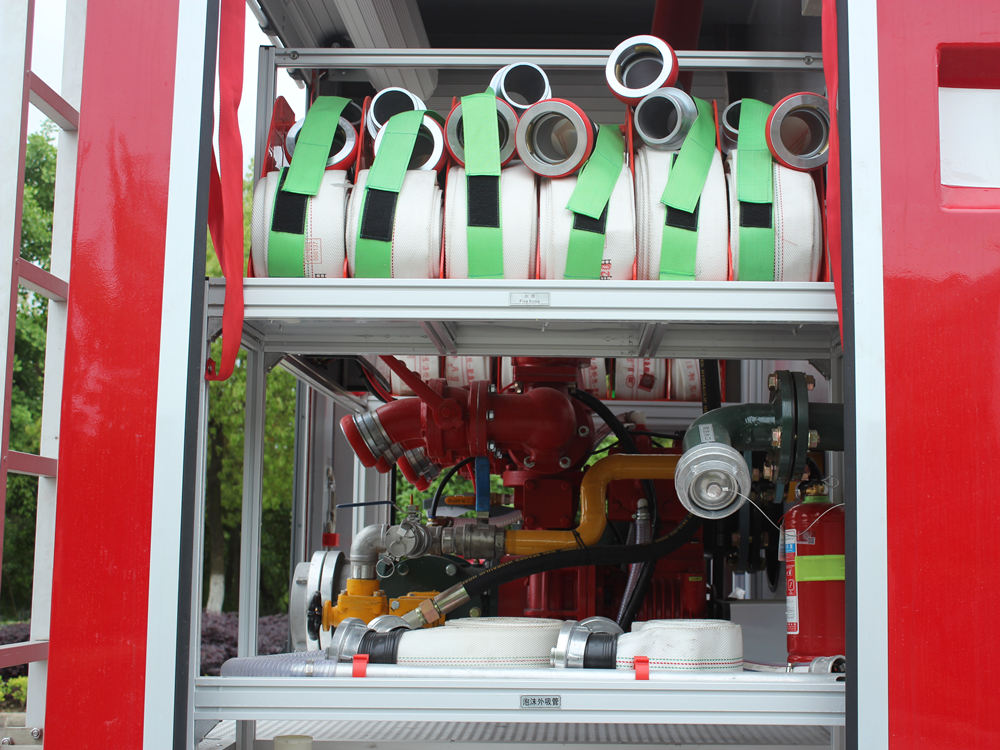
4. Routine maintenance of dry powder foam combined fire trucks.
1). Regularly check whether the dry powder in the dry powder tank is agglomerated. When adding dry powder, prevent debris from mixing into it.
2). The inner cavity of the dry powder gun (gun) should be purged promptly after use to avoid corrosion and blockage of the dry powder gun (gun).
3). Frequently check the condition of nitrogen and dry powder pipeline joints and valves, find problems, and solve them in time. Check the pressure in the nitrogen cylinder every three months. When the pressure in the cylinder is lower than 12MP, it should be re-inflated.
